Latest Posts
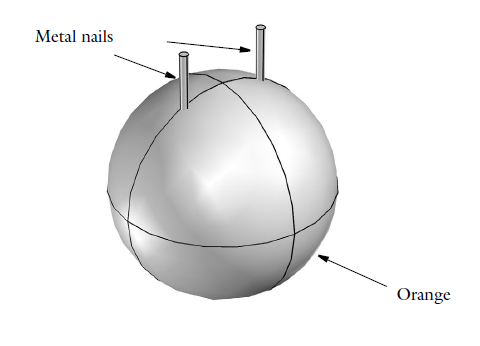
Learn How to Model Electrochemistry with an Orange Battery Tutorial
Did your chemistry teacher use an orange or lemon to demonstrate the concept of a battery, back in the day? You might remember how she magically produced electricity by sticking a couple of metal nails into the citrus fruit, as the whole class watched in awe. What if we now used simulation tools to demonstrate how an orange battery works, and then use that as an intro to electrochemistry modeling?

3D Printed Cloaking Device in a Matter of Hours
It’s been almost a year since we declared 3D printing the hottest topic in manufacturing, and it hasn’t cooled off yet. If anything, 3D printing has seen a recent surge in popularity. By now you’ve heard a lot about the technology and what you can print with it, but did you know you could print invisibility cloaks this way, too?
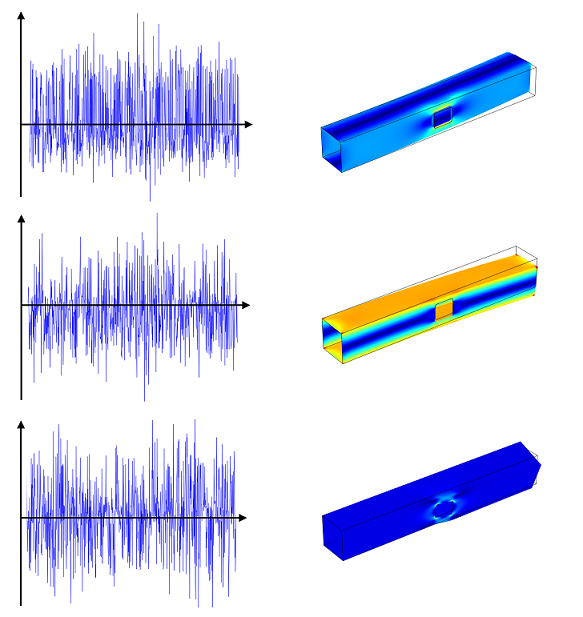
Random Load Fatigue
In many applications, loads applied to structures are random in nature. The sampling results of the structural response will differ depending on the data collection time. Although the stress experienced is not always high, the repeated loading and unloading can lead to fatigue. The engineering challenges in these types of applications are defining the stress response to the random load history in the critical points, and predicting fatigue damage. This is simulated with the Cumulative Damage feature in the Fatigue […]
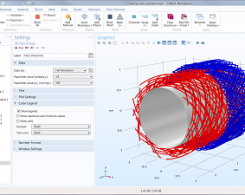
Using Curvilinear Coordinates
Curvilinear coordinates are a coordinate system where the coordinate lines may be curved. The new user interface for automatic computation of curvilinear coordinates is a very practical addition to version 4.3b for those working with anisotropic materials in free-form CAD designs. If you have a generic bent shape and try to apply the usual coordinate systems like Cartesian, cylindrical, or spherical, you are out of luck. Curvilinear coordinates are needed to smoothly follow the design, which typically has no mathematical […]
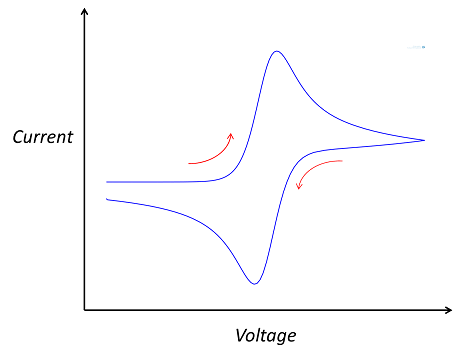
Modeling Electroanalysis: Cyclic Voltammetry
If you’re not an electrochemist, chances are you’ve never come across cyclic voltammetry. But look at any electrochemical journal, conference proceedings, or company website for manufacturers of electrochemical sensors. Somewhere near the front, you’ll see a distinctive “double-peaked” graph.
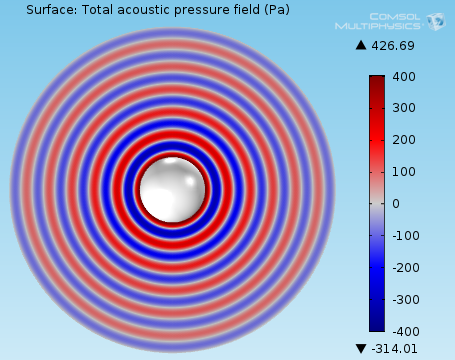
Mesh Refinement for Wave Problems
This week we are happy to have Kyle Koppenhoefer of AltaSim Technologies as a guest blogger. As COMSOL Certified Consultants, AltaSim can share valuable insights into using the software — today on the topic of meshing wave problems. As part of our efforts to assist COMSOL users in performing high-quality analysis, we recently used our bi-monthly email to remind users to include twelve degrees of freedom per wavelength when meshing wave problems. This article builds on our previous advice. Wave-type […]
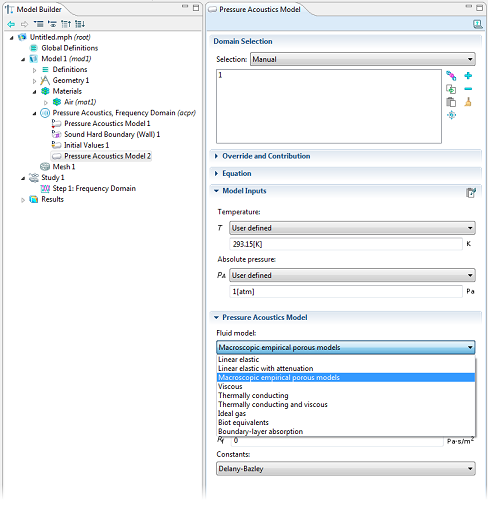
Modeling Acoustic Damping Processes
Mufflers are often located in exhaust systems or on heat, ventilation, and air conditioning (HVAC) systems, where their key functionality is to dampen the noise that is emitted from the system. A correct description of the acoustic damping (absorption and attenuation) processes in the muffler is important when designing and modeling these systems.
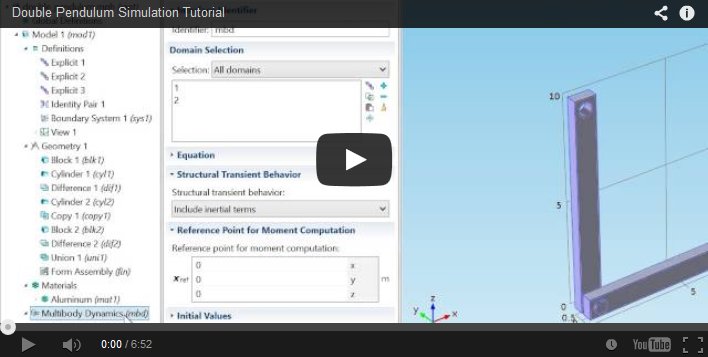
Double Pendulum Simulation Tutorial
Dynamic simulation of a double pendulum system can easily be performed using the Multibody Dynamics Module available in COMSOL Multiphysics. This module enables the mechanical simulations of assemblies of flexible and rigid bodies, often coupled with other phenomena such as from heat, electrical, and others.
